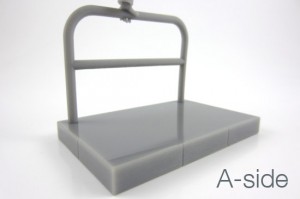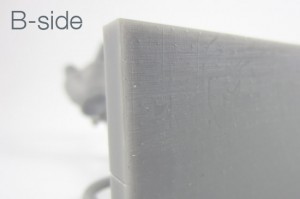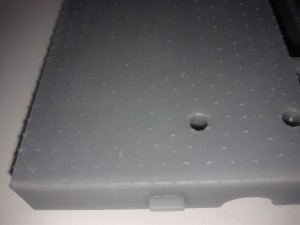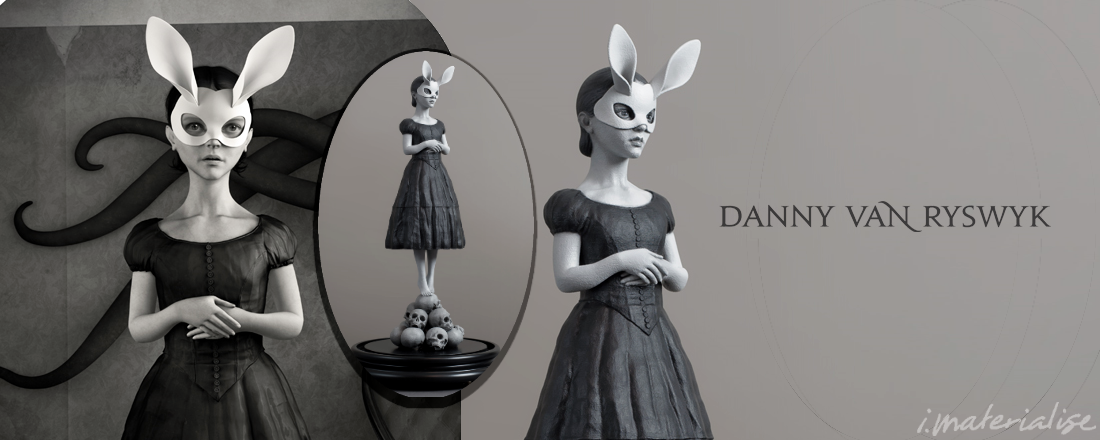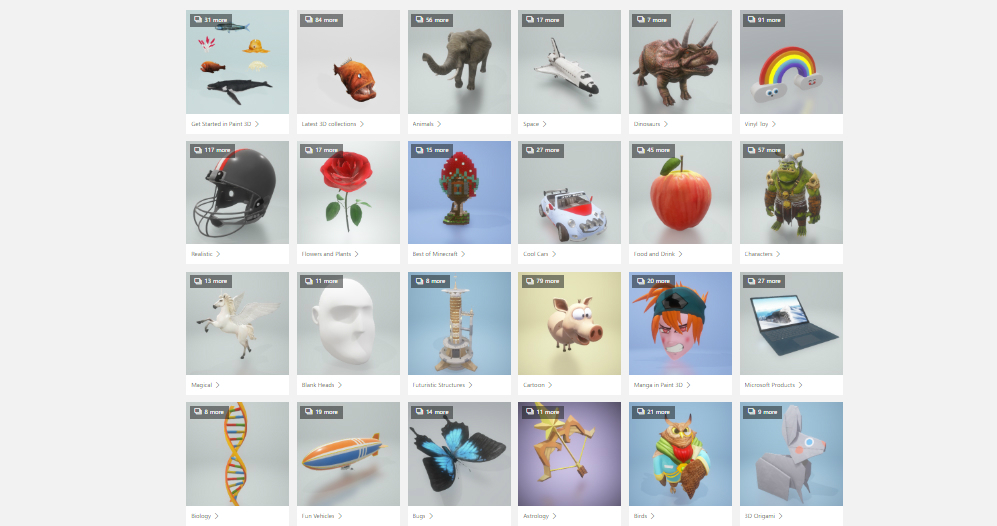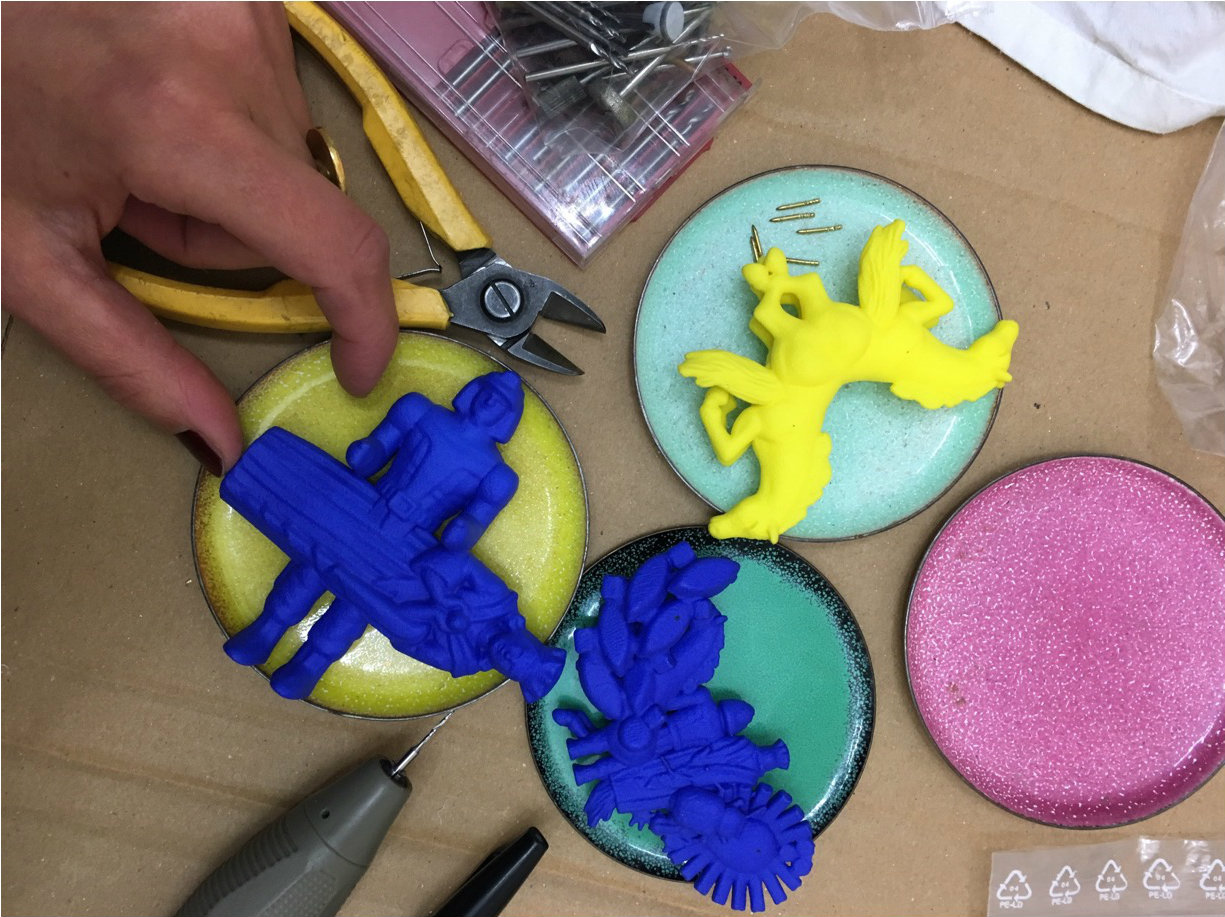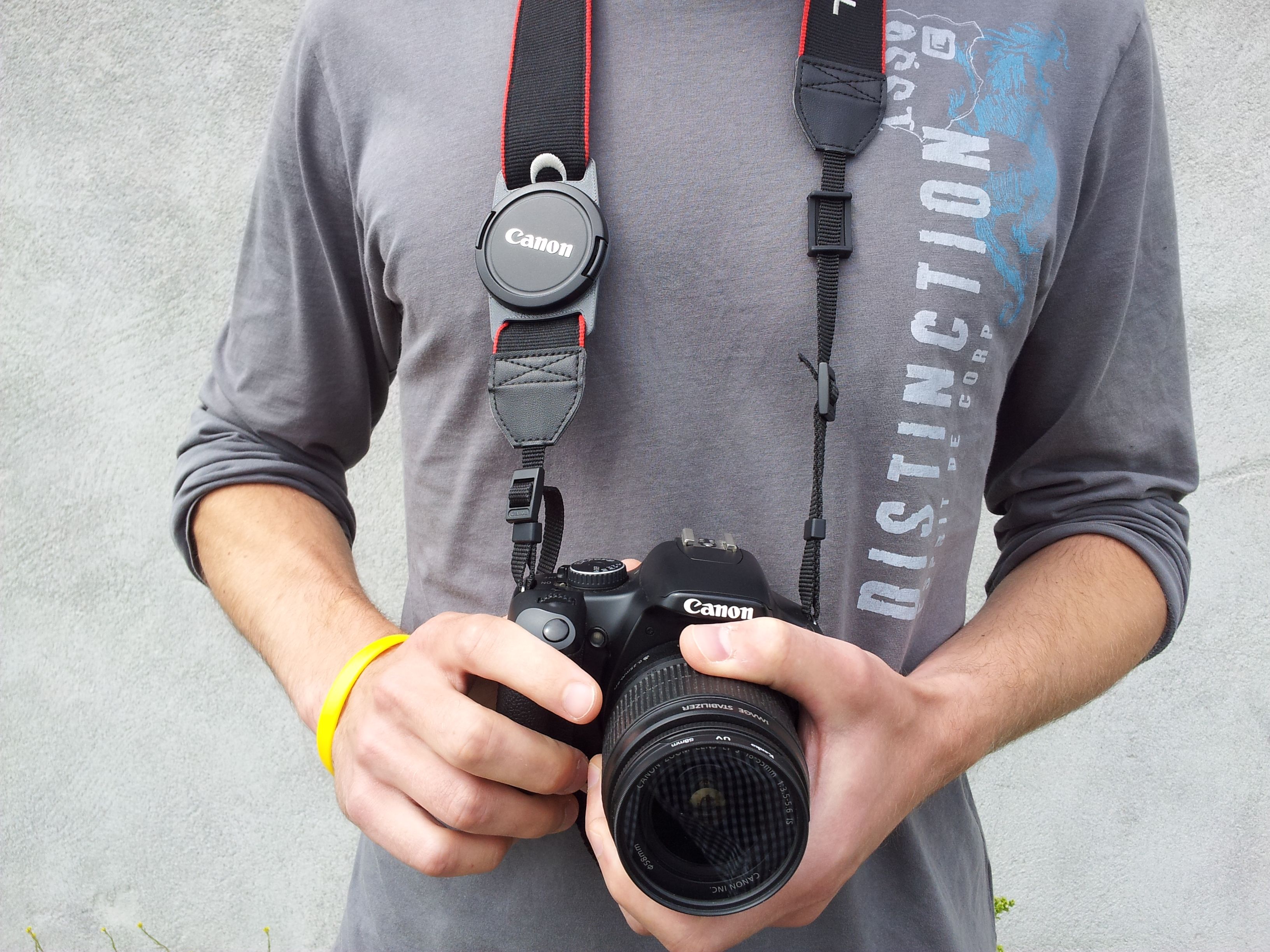Hurray! Prime Gray is back to stay!
Conclusions of the trial period
The trial period showed that prime gray was mostly used for:
- miniatures – for its detail,
- figures – for the looks and detail,
- jewelry and art – for its introduction price
- but also functional models – to test its functionality
We got very positive reactions. People were getting impatient that the decision took so long time. Your mails have made the decision balance tip over to the ‘Yeas’ side. So now, Prime Gray has earned a permanent spot in our Periodic Table of Materials as the element “PG”. Check out the prime gray material pages to refresh your memory about the specifications of the material. You will find there the description, basic properties , typical use , datasheet, pricing info and photos.
Pricing
During the trial period, we got mostly orders of small models, which is logical when you just want to try out the new material. Prime Gray models are made out of a resin, which means that the models need a supporting structure when they are being built. Cleaning the model and removal of the supporting structure is pretty labor intensive. We could not neglect this cost. So here is the deal: a handling cost of 5 euro per physical model will be charged to recover some of the labor cost and in return we drop the price per cm3 a bit from 1.6 to 1.55 euro.
But there is more: we will drop the handlings cost gradually from 5 to 2.5 euro per model for each extra copy you order. After 5 models , you reach the price of 2.5 euro.
Example :
1 model of 10 cm3 will cost: 5 euro + 1.55 euro/cm3 * 10 cm3 = 5 + 15.5 = 20.5 euro per model
2 parts of the same model will cost: 4.375 euro + 1.55 euro/cm3 * 10 cm3 = 19.875 euro per model
5 or more parts of the same model will cost: 2.5 euro + 1.55 euro/cm3 * 10 cm3 = 18 euro per model
Preferred A-side only
Prime gray is preferred to be used for A-side only models unless you consider painting it. Why is this? 2 reasons: only the A-side is shiny and when sandpapering away the point where the support was touching the model, it introduces scratches.
A-side and B-side
The A-side is the visual side of a model. The A-side for prime gray is the side that you would see from above when the model comes out of the printer. Below you see an example of the A-side : it is shiny as you can see the reflection of the bar on the bottom plate.
Opposite to the A-side you have the B-side. The B-side is being sandpapered to get rid of the touch points of the support.
Below you find a B-side with that support points:
We will not sandpaper the model in case we cannot determine the A from B-side. The touch points can be easily removed with your fingernails of a fine grain standard sandpaper p180 or higher. By putting Prime Gray back on the material list, we are sure we are making several people happy again !

You can really play table tennis with a racket and ball in Prime Gray
Recommended Articles
-
How to Paint Polyamide 3D Prints: Master Artist Shares His Knowledge Tutorials
-
Top 10 3D Model Databases: The Best Sites To Download 3D Models For 3D Printing 3D Printing News
-
How to Improve Your Creative Business with 3D Printing 3D Printing Art Fashion Jewelry
-
3D-Printed Camera Accessories: Improve Your Photography with 3D Printing 3D Printing Featured Designs Hobby & Tech



